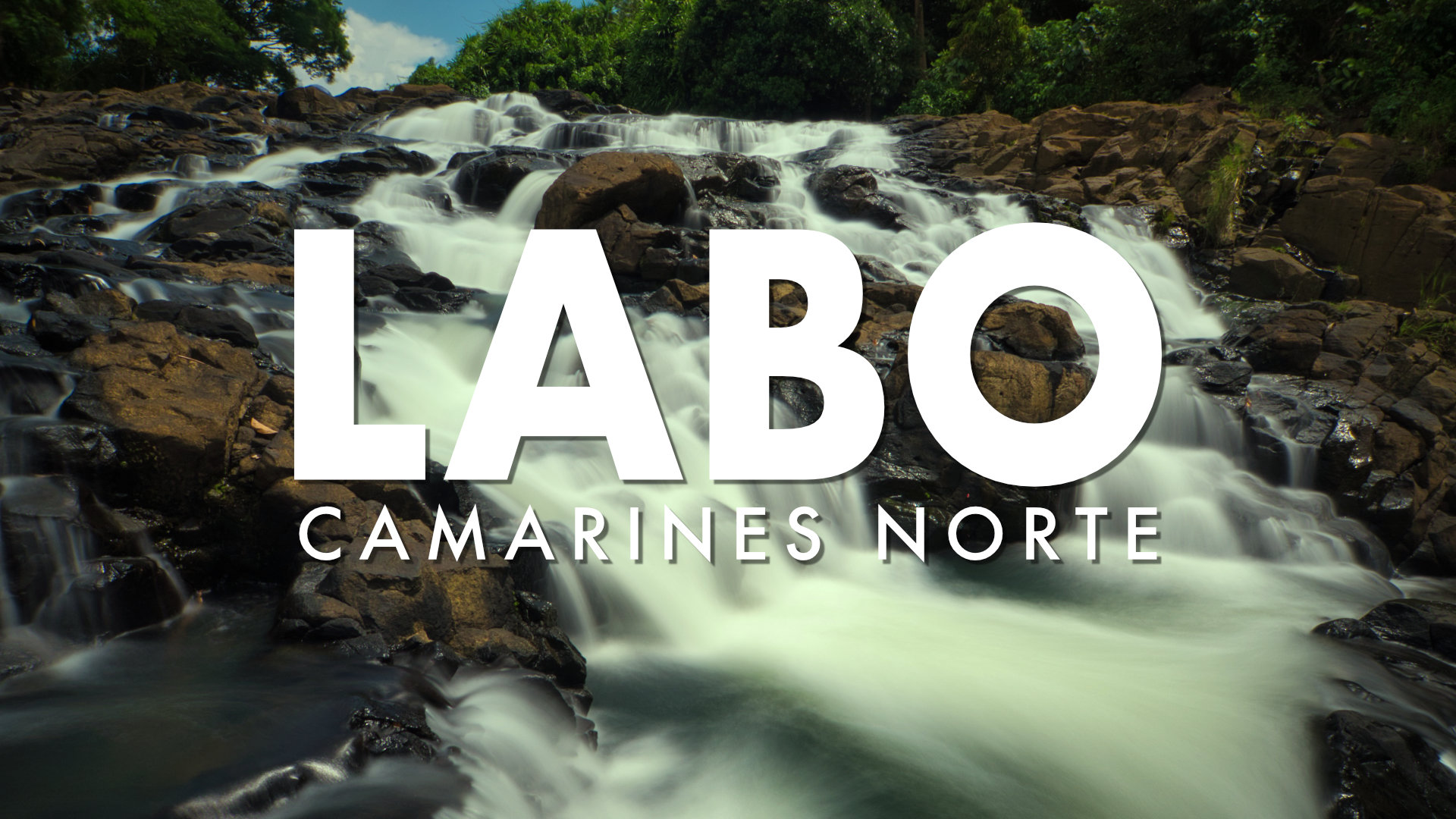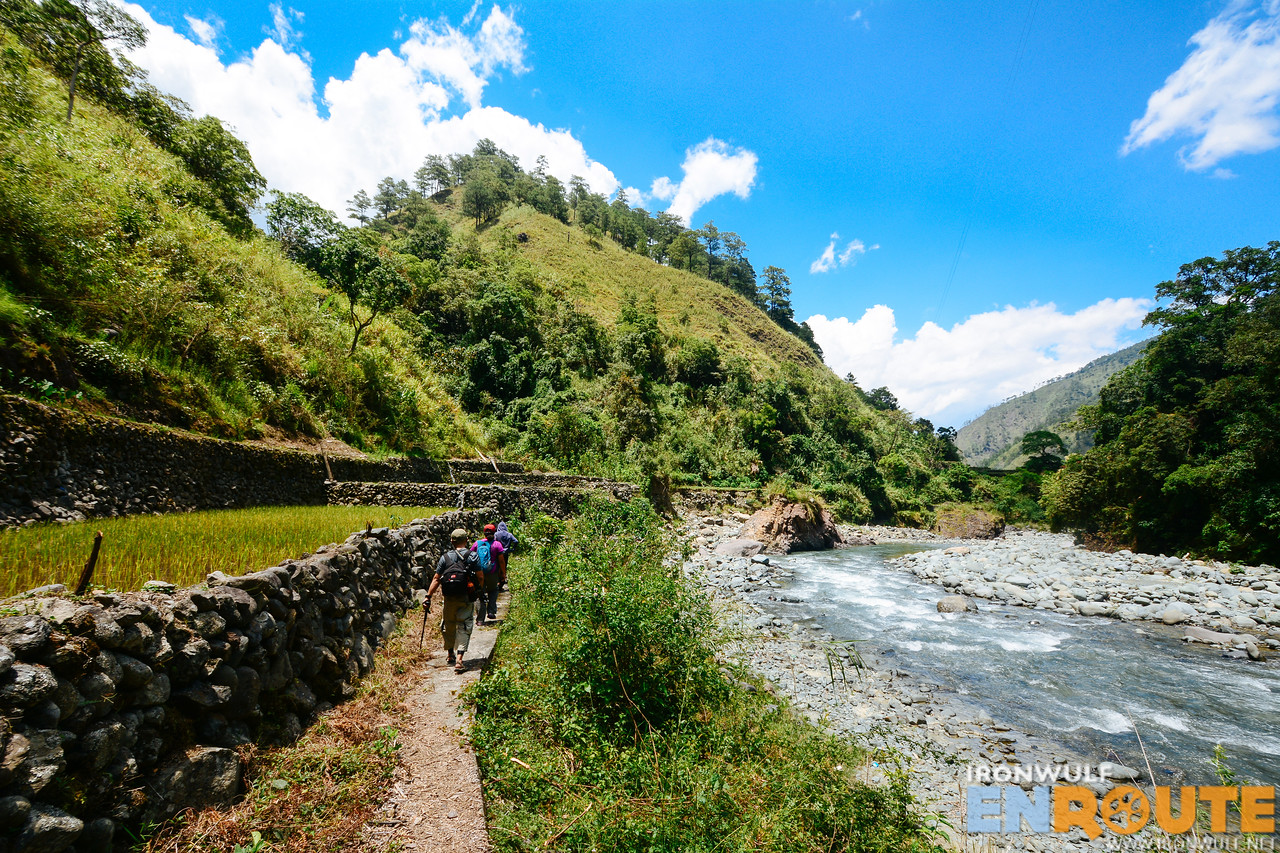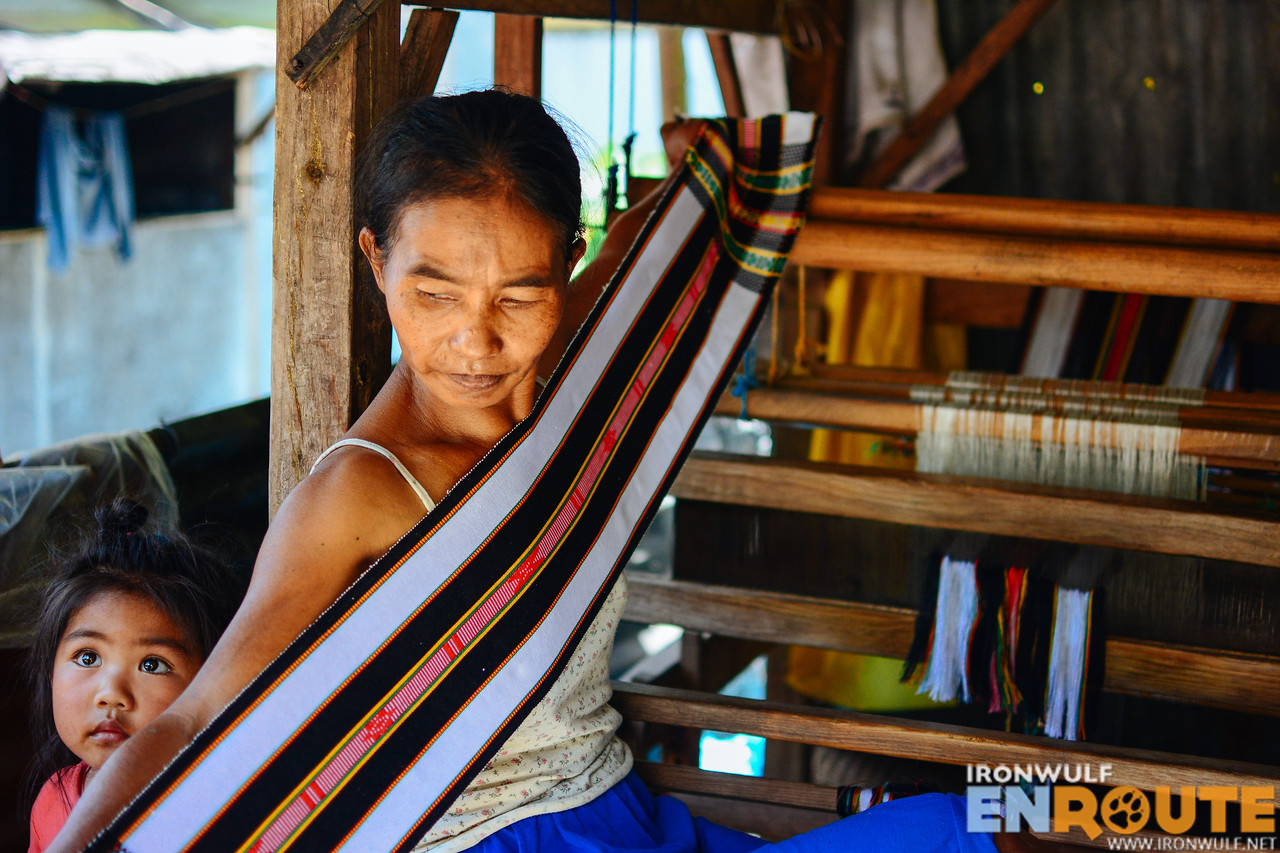As our coaster maneuvered through the winding mountain road in Labo, Camarines Norte, I couldn’t help but marvel at the breathtaking views that unfolded before my eyes. Unlike my previous nocturnal journeys to Bicol during my childhood, this daytime adventure through Labo municipality was a delightful revelation. Little did I know that this unassuming destination held a myriad of hidden gems waiting to be explored.
Labo: Unveiling the Ecotourism Treasures of Camarines Norte



